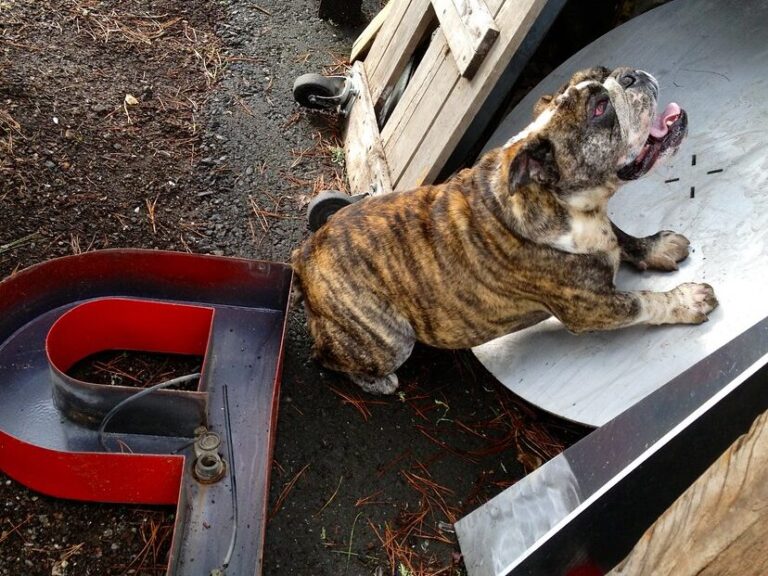10 Defining Characteristics Of The Pumi Breed

There’s something oddly specific about the way a Pumi carries itself. It never really settles in the traditional sense. Even when the dog’s still, you get the feeling it’s waiting for your next move. These 10 characteristics will show how living with a Pumi means learning to move with purpose, even on lazy days.
Distinctive Curly Coat

The breed’s tight corkscrew curls stand out, protecting against cold climates and rough terrain. Water-shedding and dirt-resistant, their coats require weekly brushing but minimal grooming. Far from delicate, the fur is designed to withstand harsh outdoor conditions, not just for appearance.
Lightning-Fast Reflexes

Pumik read body language like seasoned detectives, noticing the subtlest shift in posture or glance. Always alert and emotionally tuned, they react before commands are even spoken. The sharp responsiveness proves invaluable on farms and in various active environments that demand quick, intuitive reactions.
Square Frame
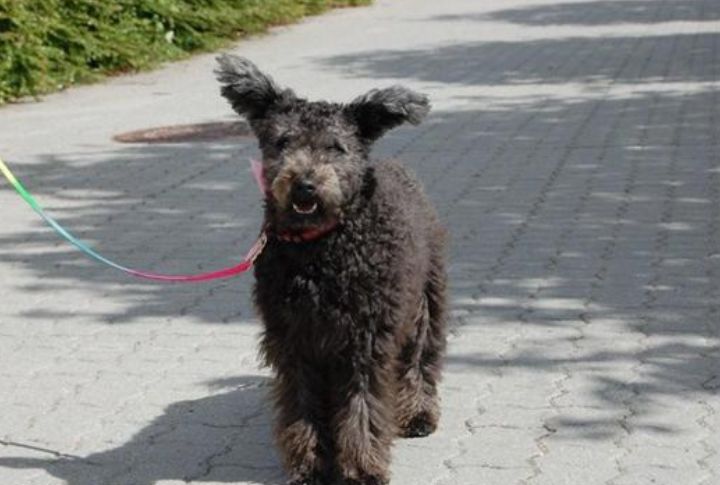
Shaped like a cube with legs, this medium-sized canine’s square body enables tight turns and quick starts. Its proportionate frame enhances gait efficiency, which supports efficient movement during herding tasks. This structural symmetry also promotes joint health, making the pedigree swift and remarkably long-lived.
Vocal Drive

Not intended to be silent, the Pumi’s voice echoes its strong working heritage. Sharp, frequent barks once directed livestock across vast fields, turning sound into a strategic tool. This vocal trait remains deeply embedded. If you’re sensitive to noise, be aware that this spirited communicator rarely holds back.
Focused Herding Instinct

Purpose drives this canine’s every move. Developed in Hungary during the 17th–18th century, Pumik managed stubborn livestock with their assertive stare and darting movement. Unlike many herders, this dog combines nipping agility with independent thinking. That’s why it excels in sheepdog trials, even amidst the Border Collies.
Cognitive Agility
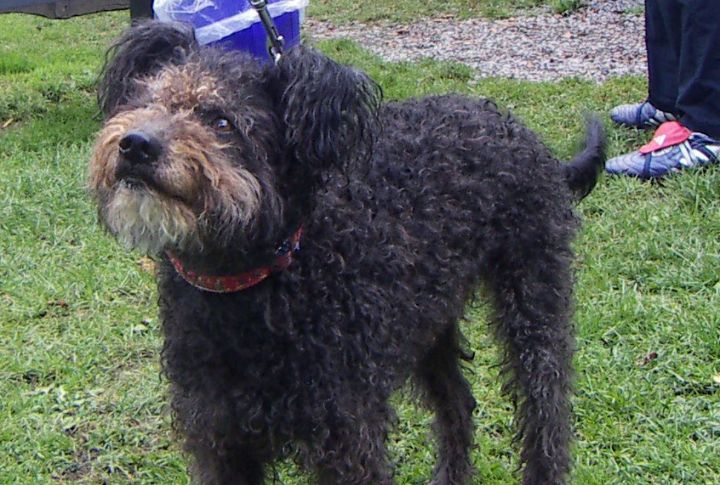
The Hungarian sheepdog learns quickly, ranking among the most responsive herders. Known for its intelligence and agility, this acrobatic dog excels in mentally demanding tasks, such as scent work or freestyle obedience. Keep its brain engaged, or risk redirecting energy in undesirable ways.
Daily Energy Threshold

The Pumi isn’t wired for idle living—it thrives on movement and purpose. The breed requires vigorous workouts like brisk runs or advanced agility routines to burn off its high-octane energy. Without structured activity, restlessness takes over fast. Mind-muscle connection through intentional workouts is an important training technique.
Spirited Work Ethic
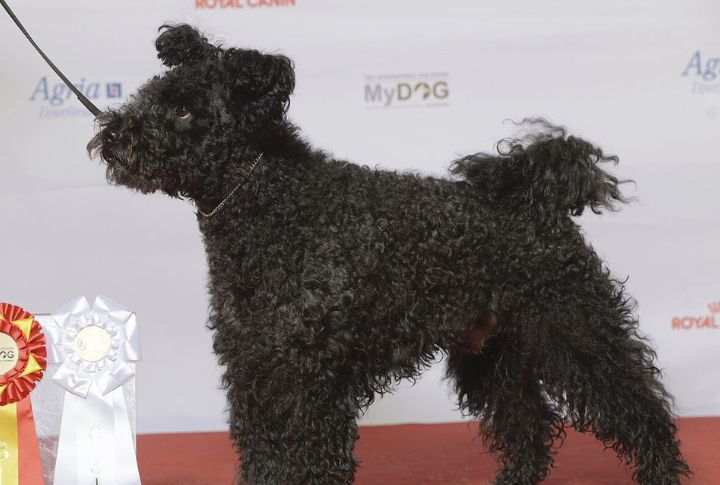
Nothing slows this breed down. A Pumi relentlessly desires to finish tasks, whether managing livestock or solving a puzzle toy. They don’t just enjoy working; they crave direction. Leave them idle for too long, and you’ll see that the drive becomes chaotic and exhibits unwanted behavior.
Responsive Discipline
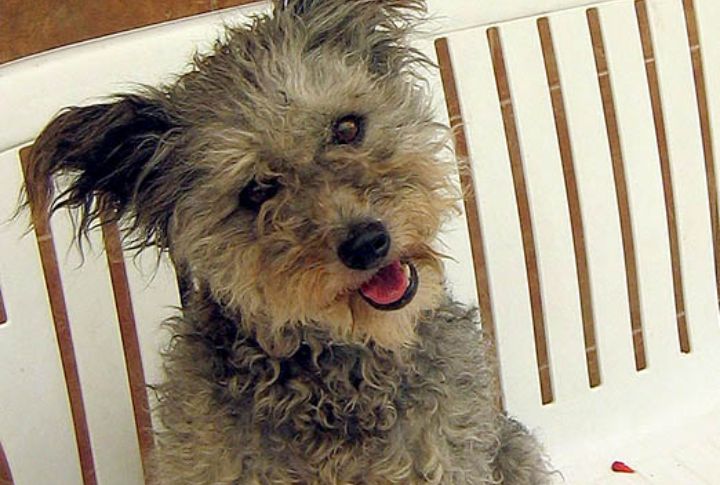
Structure unlocks the Pumi’s potential. Consistent rules paired with reward-based methods create focus and loyalty. Unlike breeds that need repetition, this dog learns quickly but may lose focus if not mentally stimulated. It thrives under leaders who mix boundaries with novelty, not force with routine.
Rare Genetic Lineage
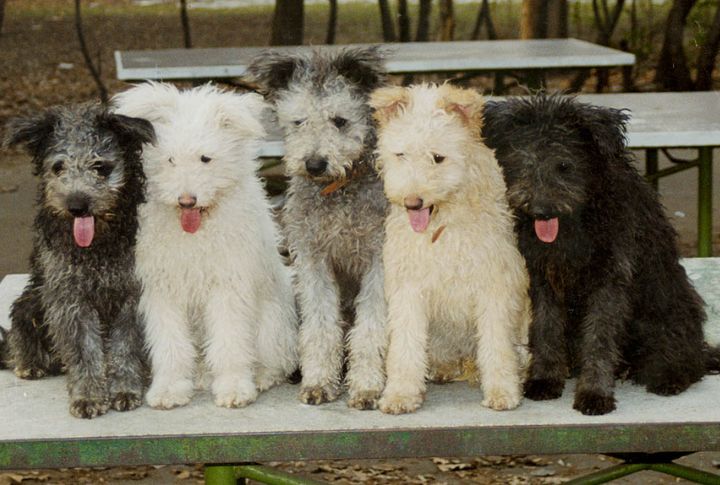
Introduced to the U.S. officially in 2016 by the AKC, Pumik remains uncommon nationwide. Their lineage traces back to Hungarian sheepdogs and terrier-type herders. Because genetic diversity remains limited, responsible breeding and ownership carry added weight. As interest in the breed grows, preserving its genetic health must stay ahead of rising popularity.




